April showers bring May flowers, but what else should teachers be aware of for the month of April? Don’t worry, our team of teachers did some digging to bring you important April awareness months that can be easily implemented in your lessons, morning meetings and discussions. Wondering if there’s an April History Month? We have that covered too!
Welcome to the April edition of your Teach Starter month guide! Our team of teachers — they’re experts from around the country who create the curriculum-aligned resources on the Teach Starter site — have created a list for every month to help save your precious planning time and still keep you on top of every important event! Here’s what you need to know in the month of April.
April Awareness Months
Earth Month
Perhaps the most important April awareness month is Earth Month, an international observance to raise environmental awareness and create consciousness around serious issues such as climate change. The hottest years ever recorded in history were 2016 and 2020, and climate change continues to affecte everyone and everything, making this month-long observance an important learning opportunity for children of all ages.
The first Earth Month was celebrated on April 4, 1970. After a massive oil spill caused major destruction in Santa Barbara, California in 1969, Senator Gaylord Nelson of Wisconsin wanted to use students’ passion for anti-war protests for ecological activism. This idea inspired activists to create the first Earth Day (celebrated on April 22), a day to encourage all Americans to be proactive and environmentally conscious. Earth Day blossomed into Earth Month as one day is not enough time to achieve climate solutions.
So how can you bring a massive awareness month into the classroom? Here are some ideas to spark a passion for nature:
- Discuss the difference between trash, recycling, and compost with your students. This topic can be used during a morning meeting session and your kids can help display these garbage can posters where appropriate.
- Take a field trip for Earth Day. Do you live near the beach? A local park? You don’t need to go anywhere fancy to find signs of nature and discuss how one can protect the environment.
- Use our Earth Day Activity Wheel to complete activities that focus on Gardner’s Multiple Intelligences.
- Organize a school-wide fundraiser for organizations such as the Clean Air Task Force or the Rainforest Foundation US.
- Submit photos or videos to the UN photo contest demonstrating creative actions to combat climate change with #MyClimateAction. Your class can work together to plant a tree or pick up trash outside the school. (Be sure to get permission from your school’s admin and parents before posting any footage)
Browse our entire Earth Day collection for worksheets, word walls, writing activities and much more!
National Garden Month
Tying in nicely with Earth Month, April is also National Garden Month, a time to encourage people of all ages to learn and participate in gardening activities. This April awareness month started in the 1980s as National Garden Week, but it was extended to National Garden Month in 2002 thanks to the National Gardening Association.
So how does National Garden Month relate to students? Here are a few ways to celebrate in the classroom!
- Explore gardens through the lens of the important habitats they provide for pollinators, birds, and other animals.
- Discussing food chains and food webs? Gardens are one of the many places food comes from, and your students can start their own this month by growing simple beans in cups.
- Bring a real-world focus to your study of perimeter and area in math class by having students design a garden.
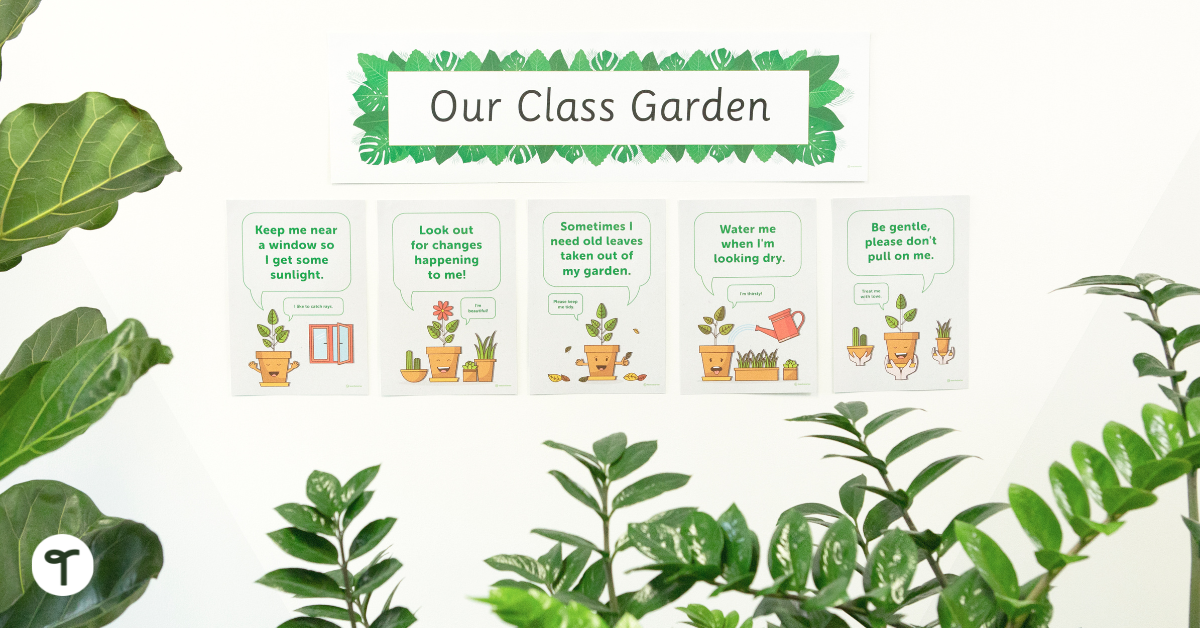
If your school has a garden, April is the perfect time of year to start some gardening demonstrations and lessons. Don’t have a garden? Not to worry! Simple planting activities in the classroom can still encourage students to learn how to nurture and care for living things. Classroom plants are also useful for lessons in responsibility and sustainability.
Have classroom plants? Use these Garden Posters to remind students about proper plant care.
Financial Literacy Month
While talking about money can be a taboo subject in many social scenarios, learning about finance is an essential lifelong skill that is never too early to learn. Say hello to another April awareness month: Financial Literacy Month.
Financial Literacy Month officially came into being in April 2004 to highlight the importance of being financially literate. So how can you tread the waters of financial literacy with kids that aren’t even old enough to work yet? Here are some ideas:
- Start simply with money vocabulary. You can use a classroom word wall or even real coins to pass around and introduce their different values. You can also watch this straightforward Learn About Money video as an introduction.
- Set up a classroom grocery store. After handing out paper money to your students, have them go to different stations around the room to “buy” produce, bread, and anything else they would need for a week’s worth of food.
- Upcycle old jars or small boxes and have students create their own savings jar or piggy bank to take home. Browse these cute ideas from Crazy Laura.
- Split your class into small groups and complete a balancing a budget worksheet. An activity like this will help students think about all the real-world items that cost money and how to be mindful of spending.
Check out our entire Financial Literacy collection for more printables and ideas!

National Poetry Month
April is a wonderful month to get creative as flowers begin to bloom and birds happily chirp away the remnants of winter. Speaking of creativity, April is also a perfect time to break out your poetry activities as it’s National Poetry Month! The inspiration for National Poetry Month stemmed from the successes of February’s Black History Month and March’s Women’s History Month.
The Academy of American Poets initiated the first-ever National Poetry Month in 1996 as an opportunity to celebrate the expressiveness of poetry, and remind us of its importance in our cultures. If you’ve never taught this branch of language arts, have no fear! Here are some ways you can celebrate poetry in the classroom:
- Read a poem to your students, and have them simultaneously draw a picture of their interpretation while they listen.
- Have students create an acrostic poem as a warm-up activity.
- Sitting in a circle, have each student come up with onomatopoeia and say it aloud.
- The Academy of American Poets provides 30 ways to celebrate National Poetry Month in the classroom.
- If you teach older students, this Ted-Ed video talks about three different recognizable characteristics of poetry. These descriptions can be foundations for a thoughtful morning meeting topic or class discussion before beginning a poetry unit:
Explore our entire National Poetry Month collection for worksheets, templates, posters, and more.
Autism Awareness Month or Autism Acceptance Month
April is National Autism Awareness Month, but you may also have heard of or refer to it as Autism Acceptance Month or World Autism Month. Autism spectrum disorder (or ASD) affects about 1 in 44 children and is four times more common among boys than girls.
The event originated in 1972 when the Autism Society founded National Autistic Children’s Week to increase awareness and spark change in schools, businesses, and communities.
Today, it’s a month-long observance that includes April 2, World Autism Awareness Day (WAAD). In 2007, the United Nations adopted WAAD to shine a light on autism. Not only does WAAD focus on early diagnosis and intervention, but it also celebrates the unique talents and skills of persons with autism.
So how does one get involved with Autism Awareness Month?
- As educators, it’s a great time to talk about acceptance of all people in your social and emotional block. Role model acceptance and inclusion in your classroom.
- Consider assigning students biography projects about famous autistic Americans such as Temple Grandin and actor Anthony Hopkins.
- If you haven’t already, it’s a good time to get acquainted with how members of the autistic community prefer to be referred using identity-first language.
Teach Starter Teacher Tip: If you’re planning to decorate your classroom with puzzle pieces this April, you may want to read up on the history of the symbol and how many autistic people feel about its use this month and all year long.
April Heritage Months
Arab Heritage Month
Finally, April has one heritage month: Arab Heritage Month. It is estimated that 3.7 million Americans have Arab roots with ancestries linked to 22 countries in the Middle East and North Africa.
Arab Heritage Month exists thanks to the nonprofit and education organization, Arab American Foundation. Since 2017, the month-long event has existed to celebrate the rich culture and contributions of the Arab American community.
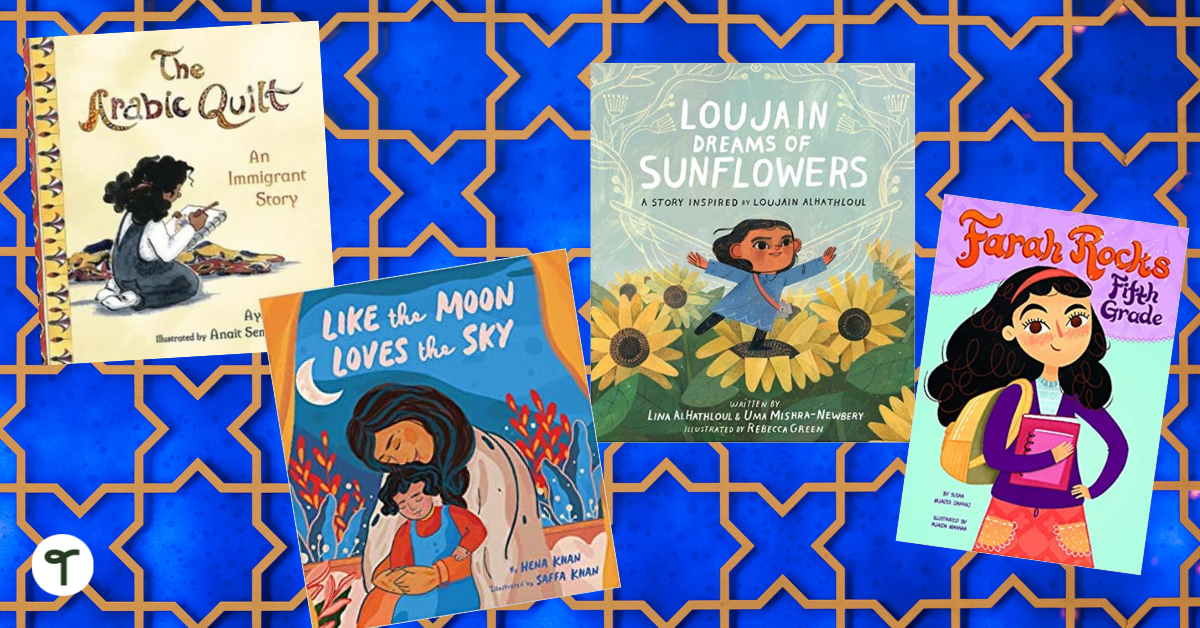
Not sure how to recognize Arab Heritage Month in the classroom? Here are some ideas:
- Take a virtual tour of the Arab American National Museum with your class.
- If you have older students, watch this video of Amazing Arab Facts.
- Combine National Poetry Month and Arab American Heritage Month by reading Arabic poetry for kids.
You can also consider these book titles by Arab American authors to display in your classroom library for independent reading, or to read aloud to your students:
- Like the Moon Loves the Sky by Hena Khan
- The Arabic Quilt: An Immigrant Story by Aya Khalil
- Unsettled by Reem Faruqi
- Farah Rocks Fifth Grade by Susan Muaddi Darraj
- A Kid’s Guide to Arab American History by Yvonne Wakim Dennis
- Loujain Dreams of Sunflowers by Uma Mishra-Newbery

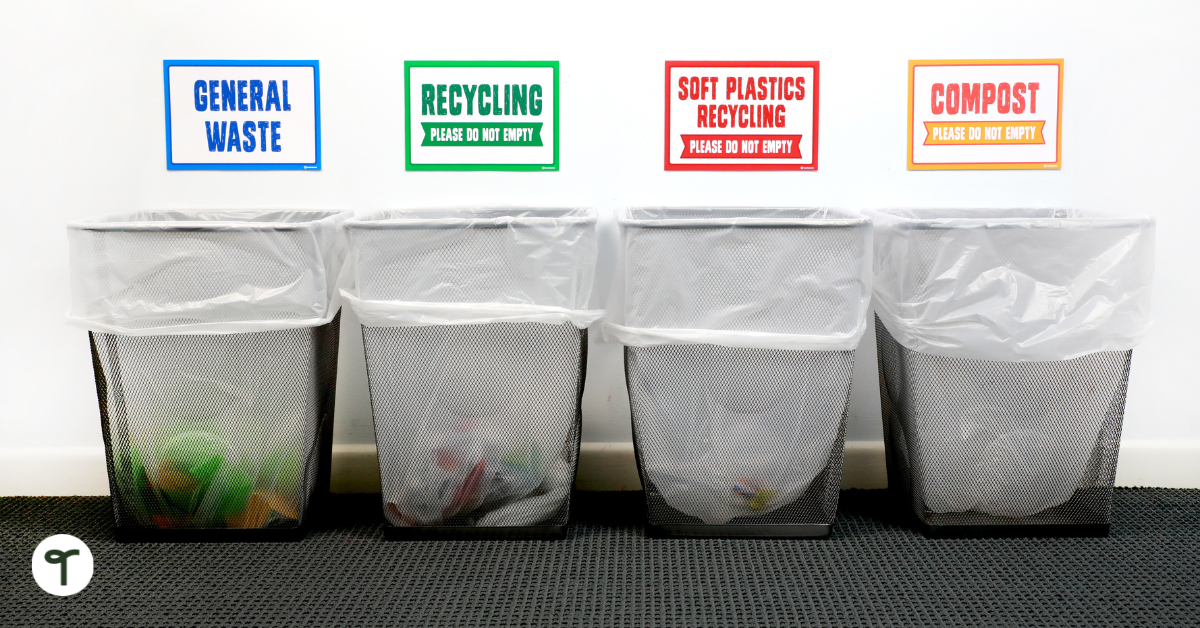
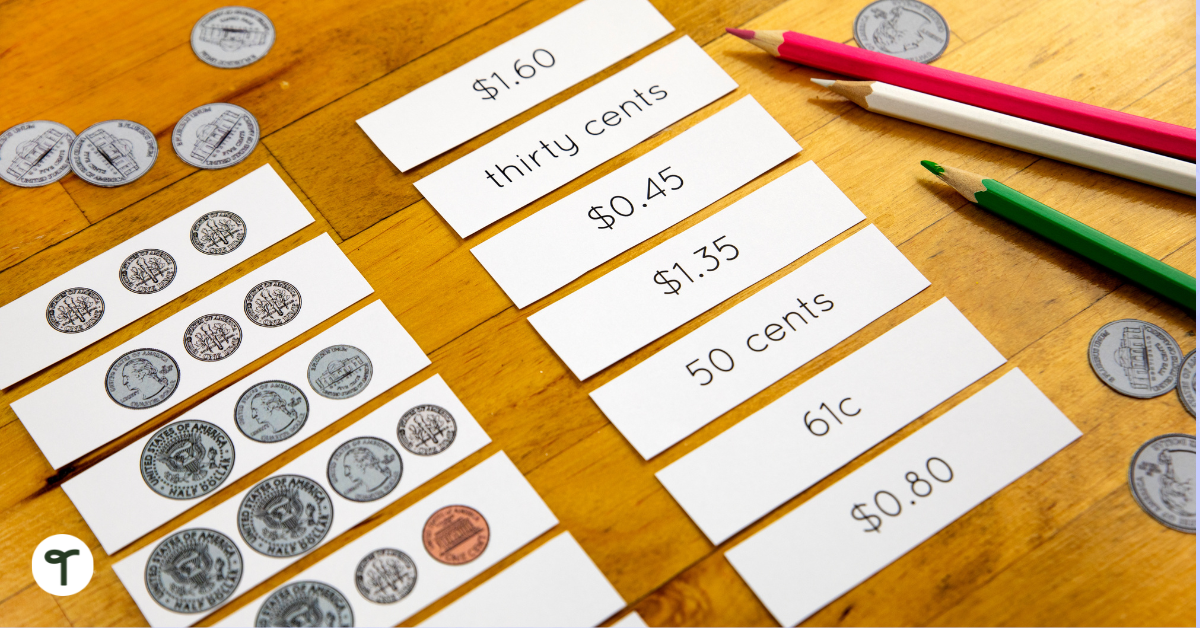
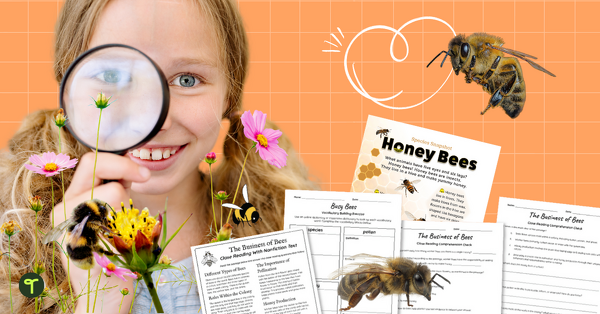
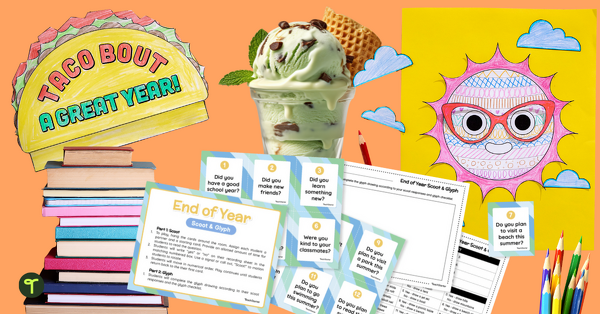
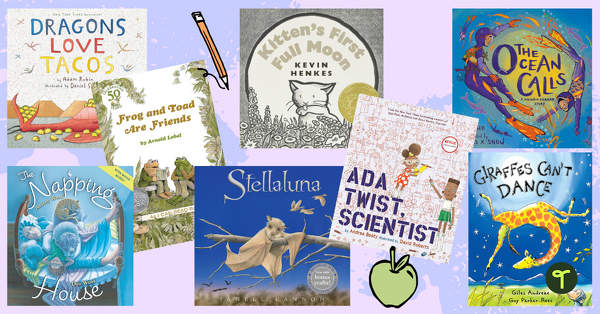



Comments